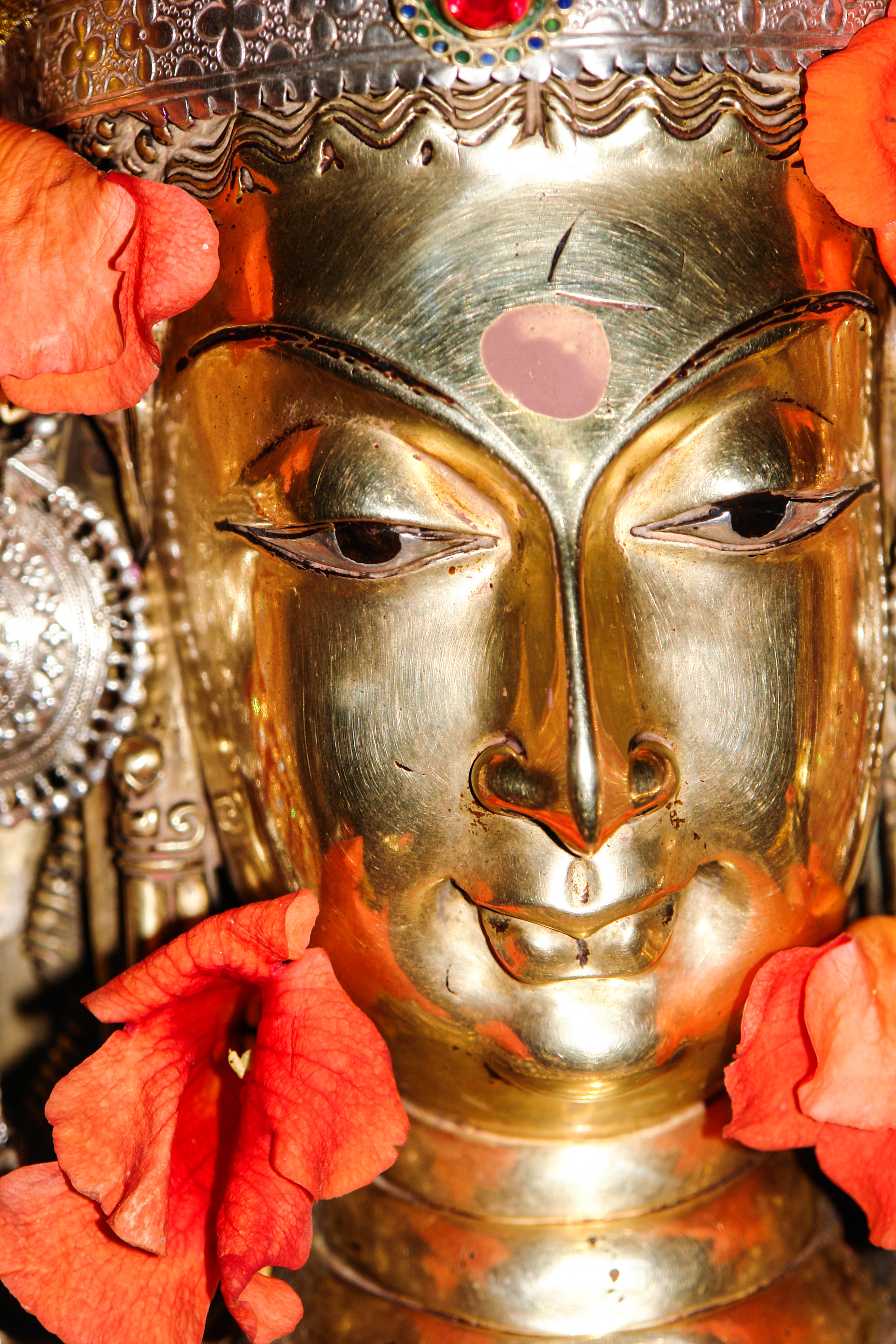Acharya P. K. 1946. An Encyclopedia of Hindu Architecture. London–New York–Bombay–Culcutta. https://archive.org/stream/encyclopaediaofh07achauoft#page/n9/mode/2up, access: 10.11.2015.
Bawa S. 1998. Religion and Art of the Chamba Valley C. 700 to 1300. Delhi.
Bawa S. 2014. Aspects of the Goddess (Raudra and Saumya): A study of two icons from the
Chamba Valley. In A. Sengupta (ed.),Cult of the Goddess: Past and Present in Indian Art. Delhi, 211–229.
Census of India 1961. 1964. Himachal Pradesh – A Village Survey: Kupha – Parmas – Thamoh – Malet (Pangi Sub-Tehsil, Chamba District). Volume XX – Part VI – No. 7; A Village Survey of Brahmaur, Chamba Tehsil, Chamba District, Volume 6; Volume 5–6; A Village Survey of Chitrari, Chamba Tehsil, Chamba District, Volume 6; Volume 10.Registrar General.
Chakravarti M. 1986. The Concept of Rudra-Śiva Through the Ages. Delhi.
Jones C. and Ryan J. D. 2007. Encyclopedia of Hinduism (Encyclopedia of World Religions). New York.
Davis R. H. 1995. The Origin of Linga Worship. In D.S. Lopez Jr. (ed.), Religions of India in Practice. Princeton, 637–648.
Dennis Hudson D. 1995. How to Worship at Śiva’s Temple. In D.S. Lopez Jr. (ed.), Religions of India in Practice. Princeton, 305–320.
Devī-Bhāgvata Purāṇa. 1960. Benares.
Elgood H. 2000. Hinduism and the Religious Arts. London.
Flood G. D. 2011. Miracles in Hinduism. In G.H. Twelftree (ed.), The Cambridge Companion to Miracles. Cambridge, 184–198.
Gopinatha Rao T. A. 1993. Elements of Hindu Iconography. New Delhi. https://www.wisdomlib.org/definition/prabhavali, access: 10.11.2017.
Hazra R. C. 1962 (reprint 2003). The Upapuranas. In S. Radhakrishnan (ed.), The Cultural Heritage of India II. Kolkata, 27–278.
Hutchison R. 1998. Reprint Gazetteer of the Chamba State. Volume 22 of Punjab District Gazetteers. Punjab–Delhi.
Johnson W. J. 2009. A Dictionary of Hinduism. Oxford. http://www.oxfordreference.com/view/10.1093/oi/authority.20110803095359111; http://www.oxfordreference.com/view/10.1093/acref/ 9780198610250.001.0001/acref-9780198610250-e-2279, access: 10.11.2017.
Kālika Purāṇa. 1972. Sri Biswanarayan Sastri (ed.). Chowkhamba Sanskrit Office. Varanasi.
Kramrisch S. 1988. The Presence of Śiva. Delhi.
Kramrisch S. 1928. The Vishnudharmottara.(Part III) A Treatise on Indian Painting and Image-Making. Second Revised and Enlarged Edition. Calcutta.
Krishna N. 2014. Sacred Animals of India. Penguin UK.
Larson G. J. 2001. Classical Sāṃkhya: An Interpretation of Its History and Meaning. New Delhi.
Lochtefeld J. G. 2002 The Illustrated Encyclopedia of Hinduism 2. New York.
Michaels A. 2008. Siva in Trouble: Festivals and Rituals at the Pasupatinatha Temple of Deopatan. OUP, USA.
Monier-Williams M. 2011. Sanskrit English Dictionary. Oxford.
Muller-Ortega P. E. 2010. The Triadic Heart of Siva: Kaula Tantricism of Abhinavagupta in the Non-dual Shaivism of Kashmir. SUNY Series in the Shaiva Traditions of Kashmir. New York.
Postel M., Neven A., Mankodi K. 1985. Antiquities of Himachal. Volume 1: Project for Indian Cultural Studies. Bombay.
Rao Gopinath T. A. 1985.Elements of Hindu Iconography. Vol. 2 (Pt. 1), Vol. 1–2. Delhi.
Sacha-Piekło M. and Jakubczak M. (eds.) 2003. Między wiarą a gnozą: doświadczenie mistyczne w tradycjach Orientu. Kraków.
Sharma M. 2009. Western Himalayan Temple Records: State, Pilgrimage, Ritual and Legality in Chamba. Leiden–Boston.
Stutley M. 1985. The Illustrated Dictionary of Hindu Iconography. New Delhi.
Śiva Purāṇa. 1970. (Ed.) J.L. Shastri. Ancient Indian Tradition and Mythology Series. Delhi.
Toshakhani S. S. 2010. Rites and Rituals of Kashmiri Brahmins. Himalayan Research and Cultural Foundation. New Delhi.
Vogel J. P h. 1911 (reprint 1994). Antiquities of the Chamba State. Part I. Archaeological Survey of India. Delhi.
Internet sources:
Bhikshatanamurti – in Wisdom Library: https://www.wisdomlib.org/definition/bhikshatanamurti, access: 10.11.2017.
Darśana – in Encyclopaedia Britannica: https://www.britannica.com/topic/darshan, access: 10.11.2018.
Krishna Paksa: https://en.wikipedia.org/wiki/Paksha, access: 10.11.2017.
Phālguna: https://en.wikipedia.org/wiki/Phalguna, access: 10.11.2017.
Pradakṣiṇā – in English Oxford Dictionaries: https://en.oxforddictionaries.com/definition/pradakshina, access: 10.11.2017.
Google Scholar
